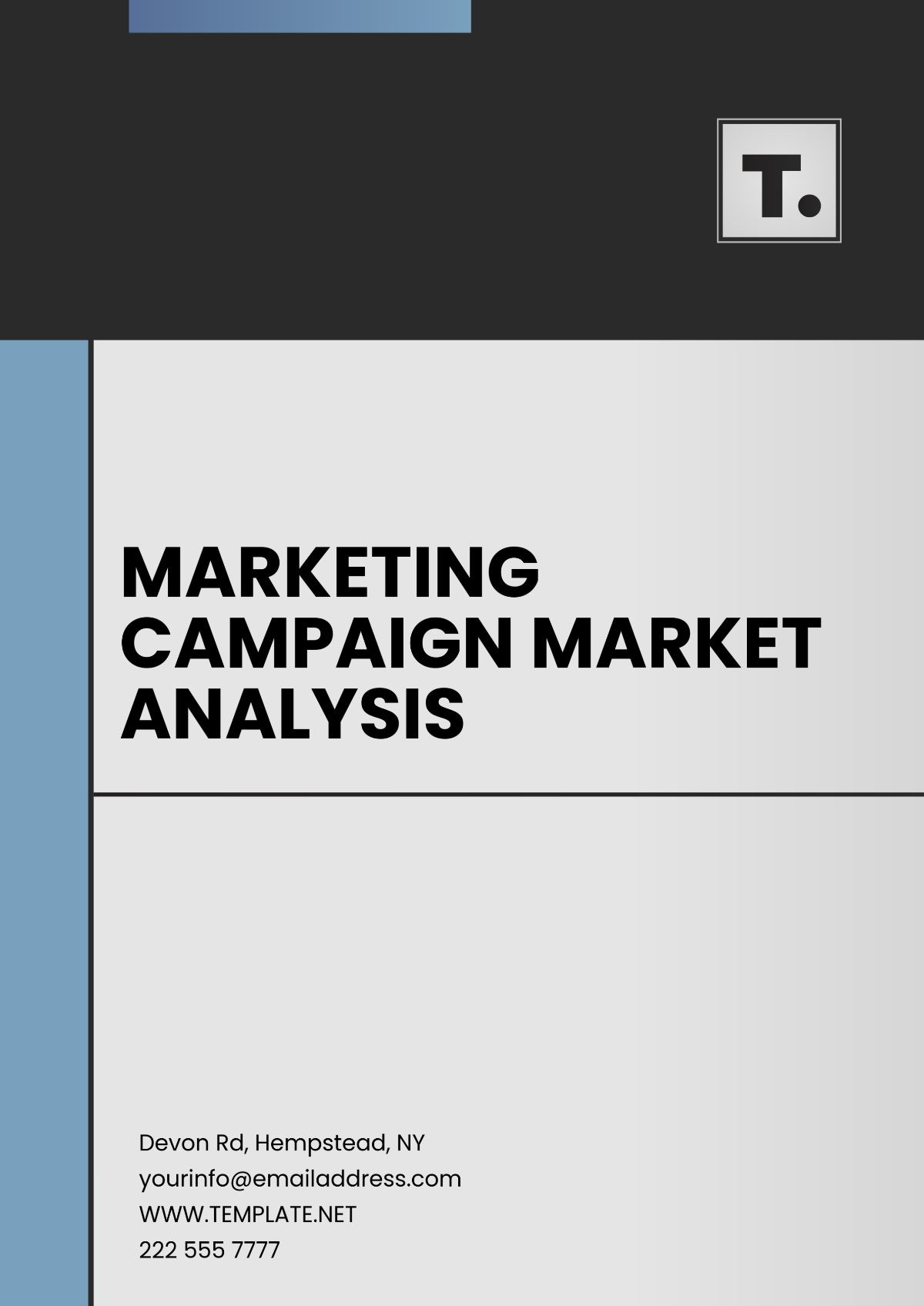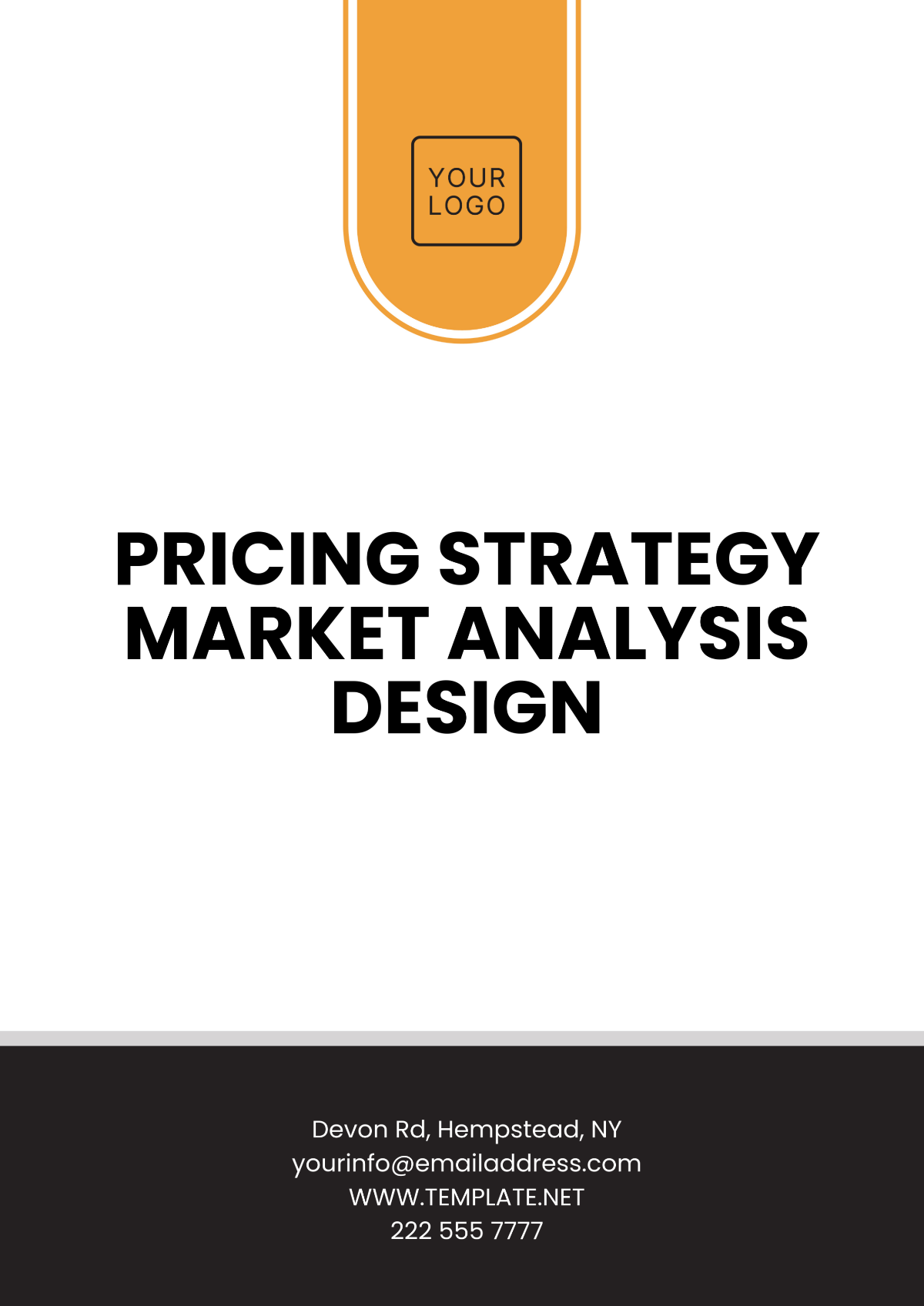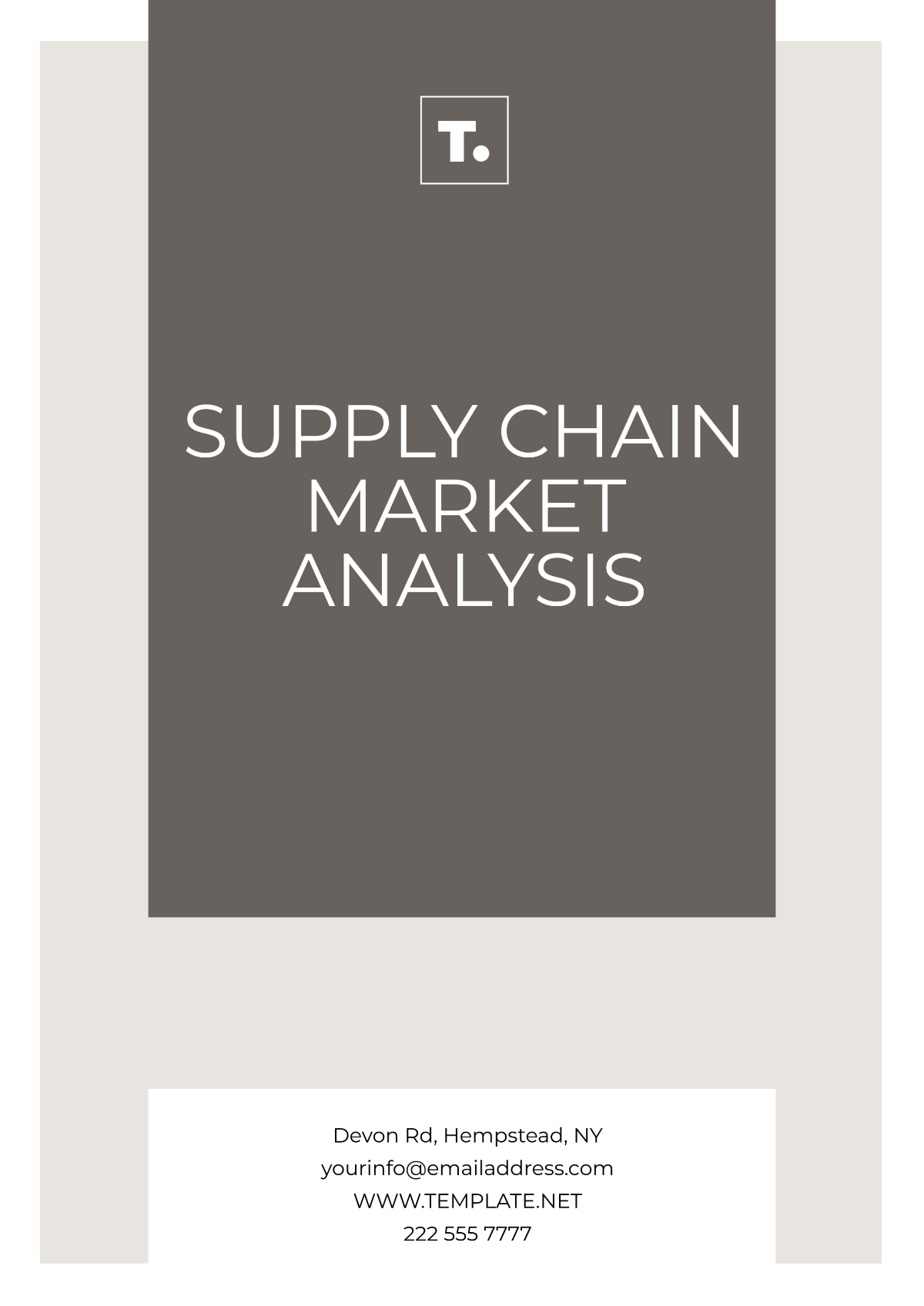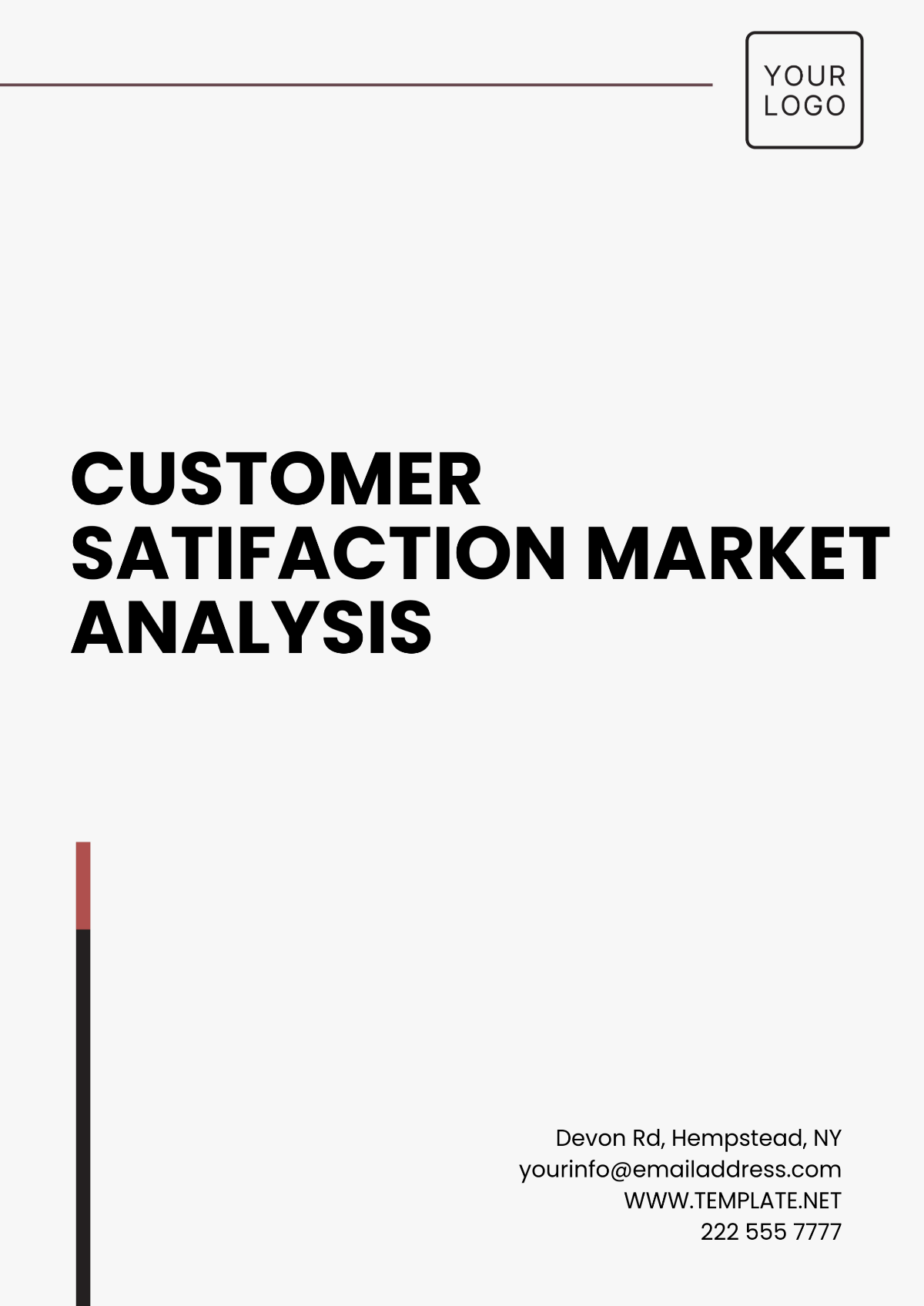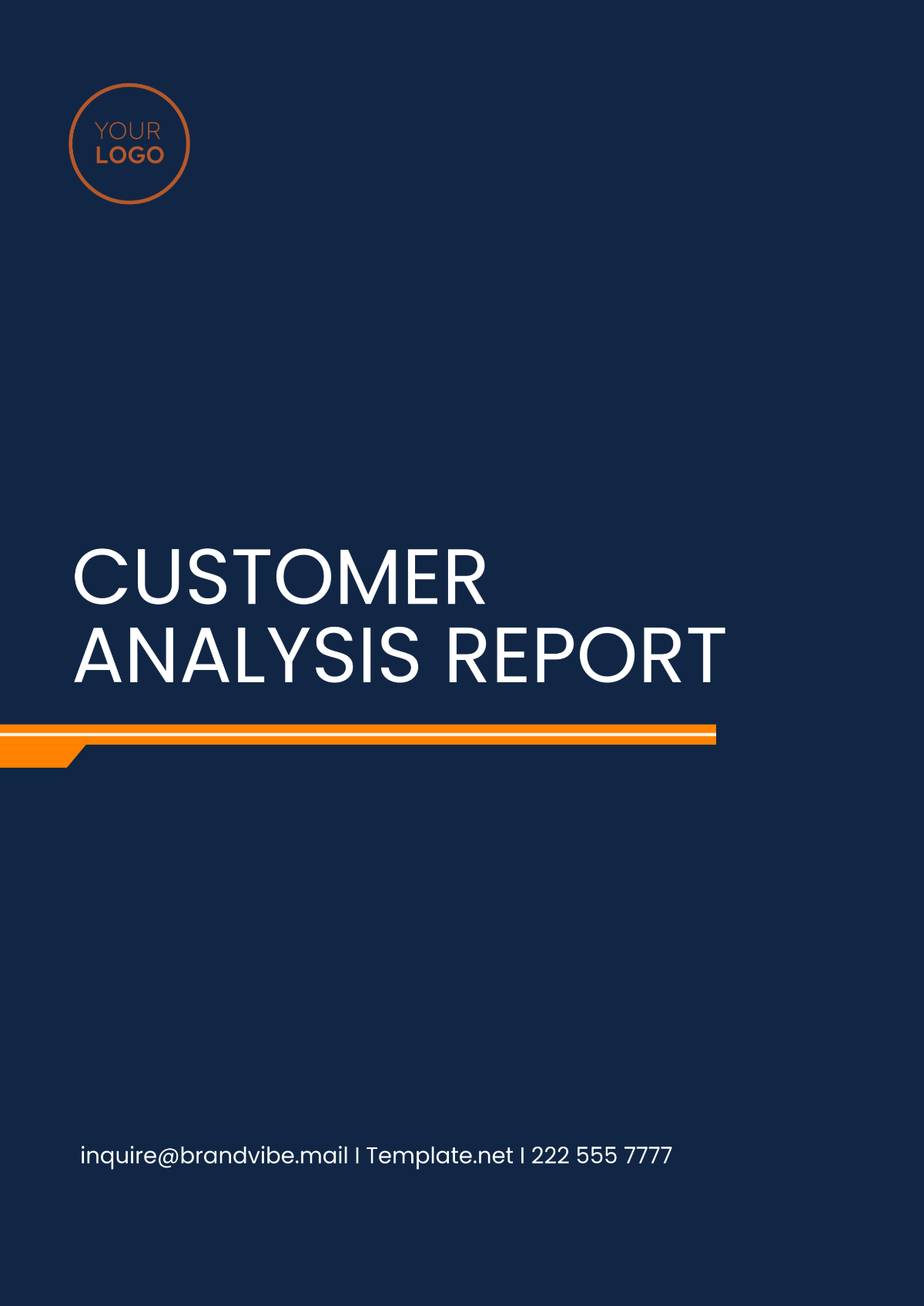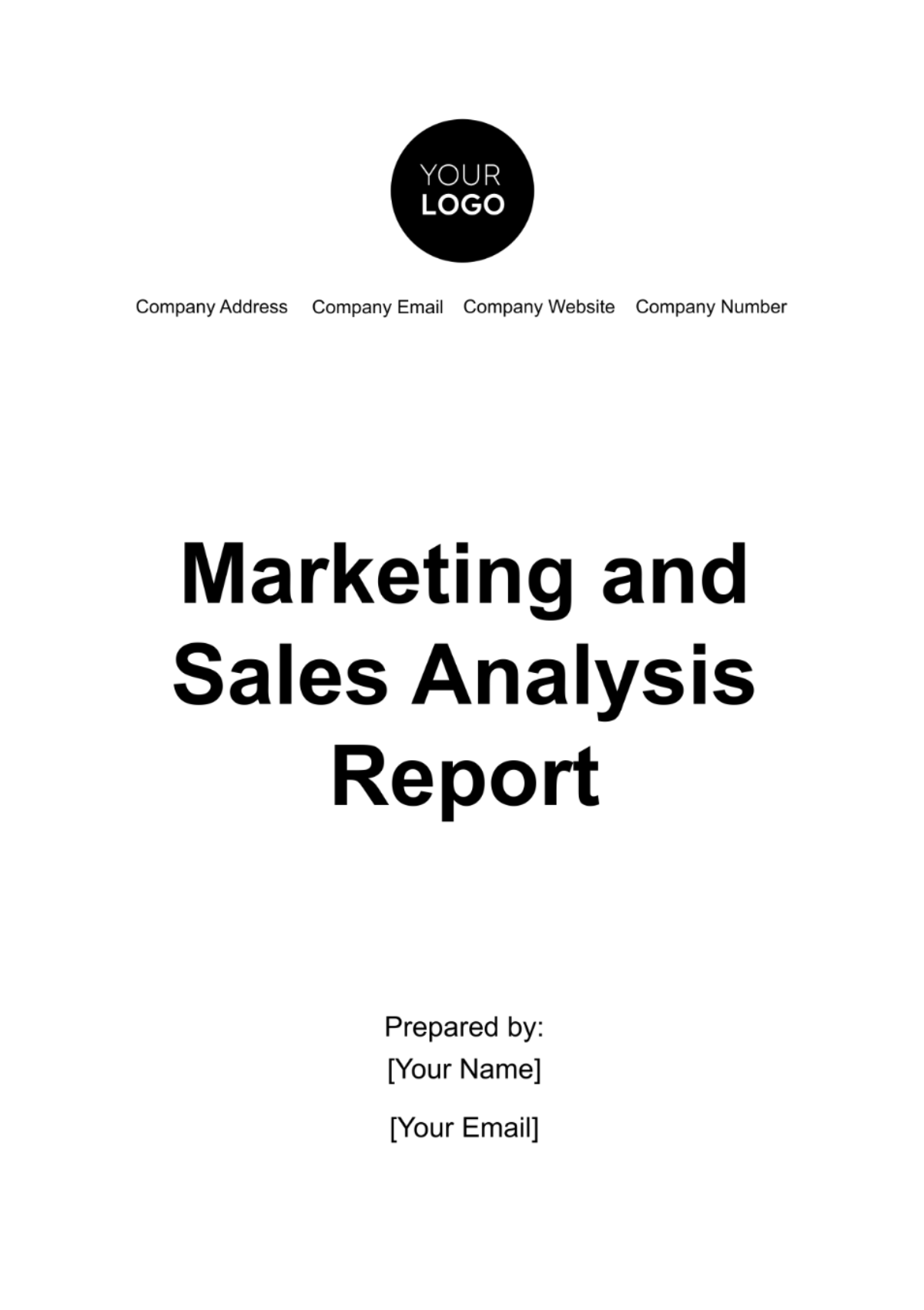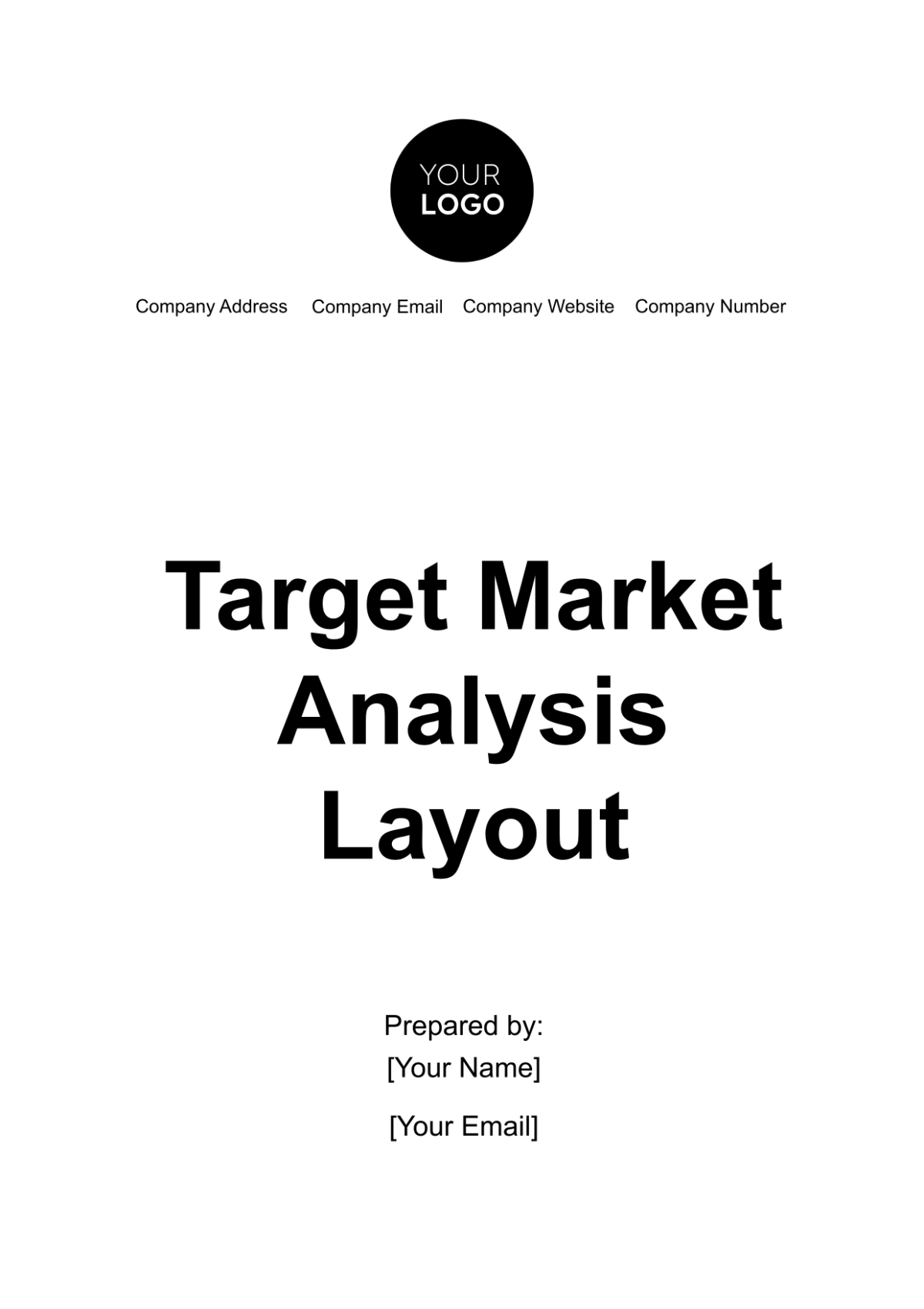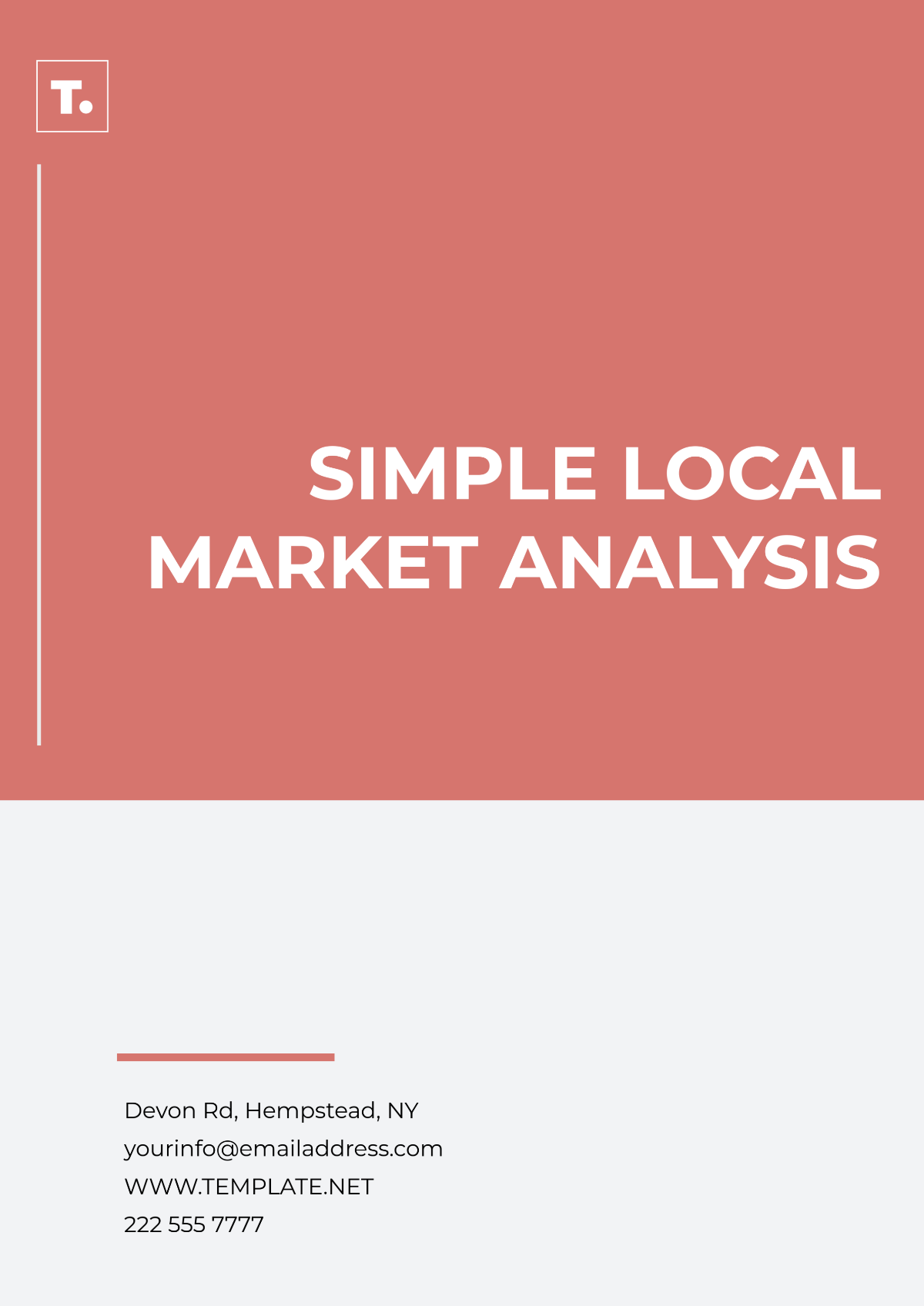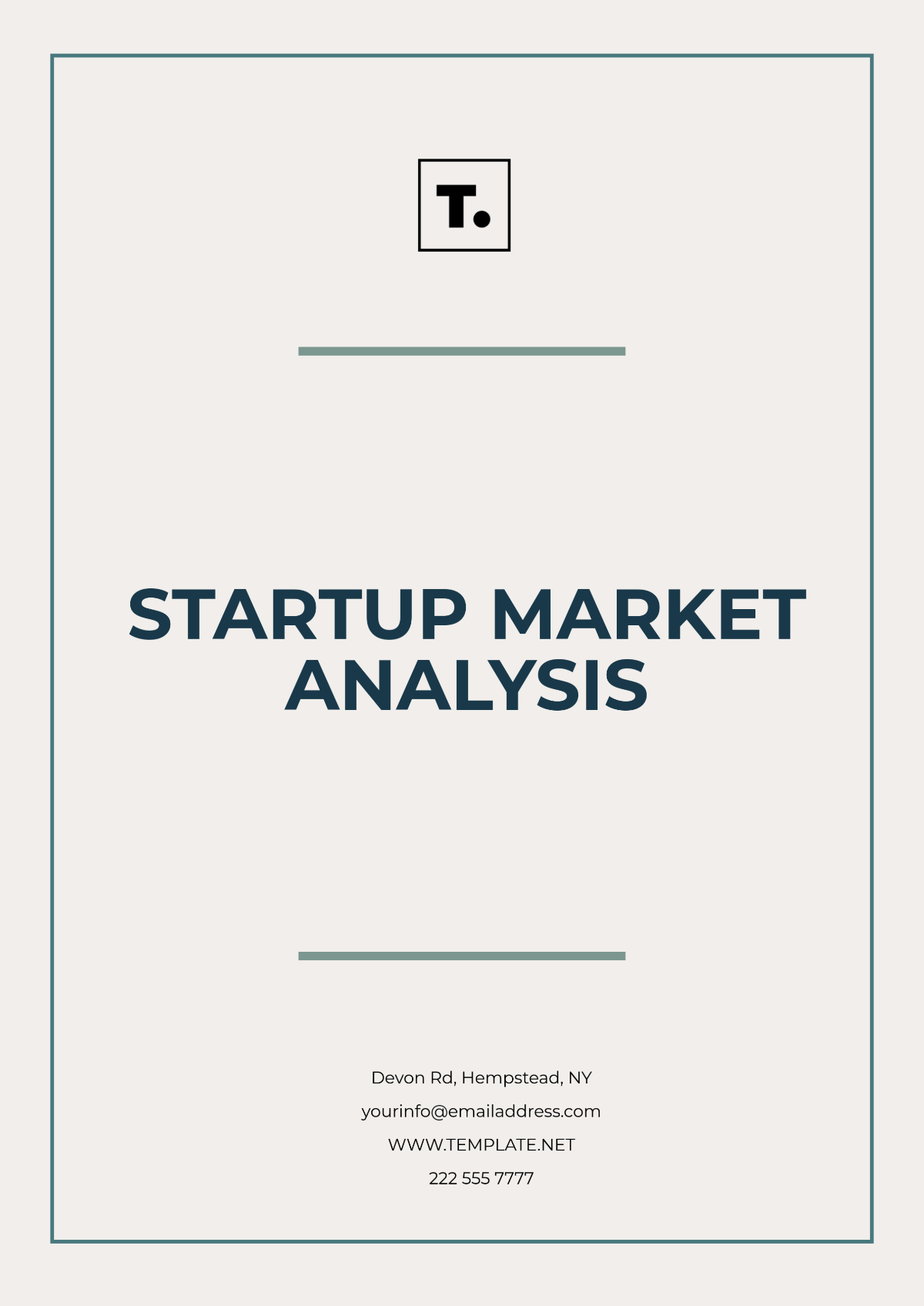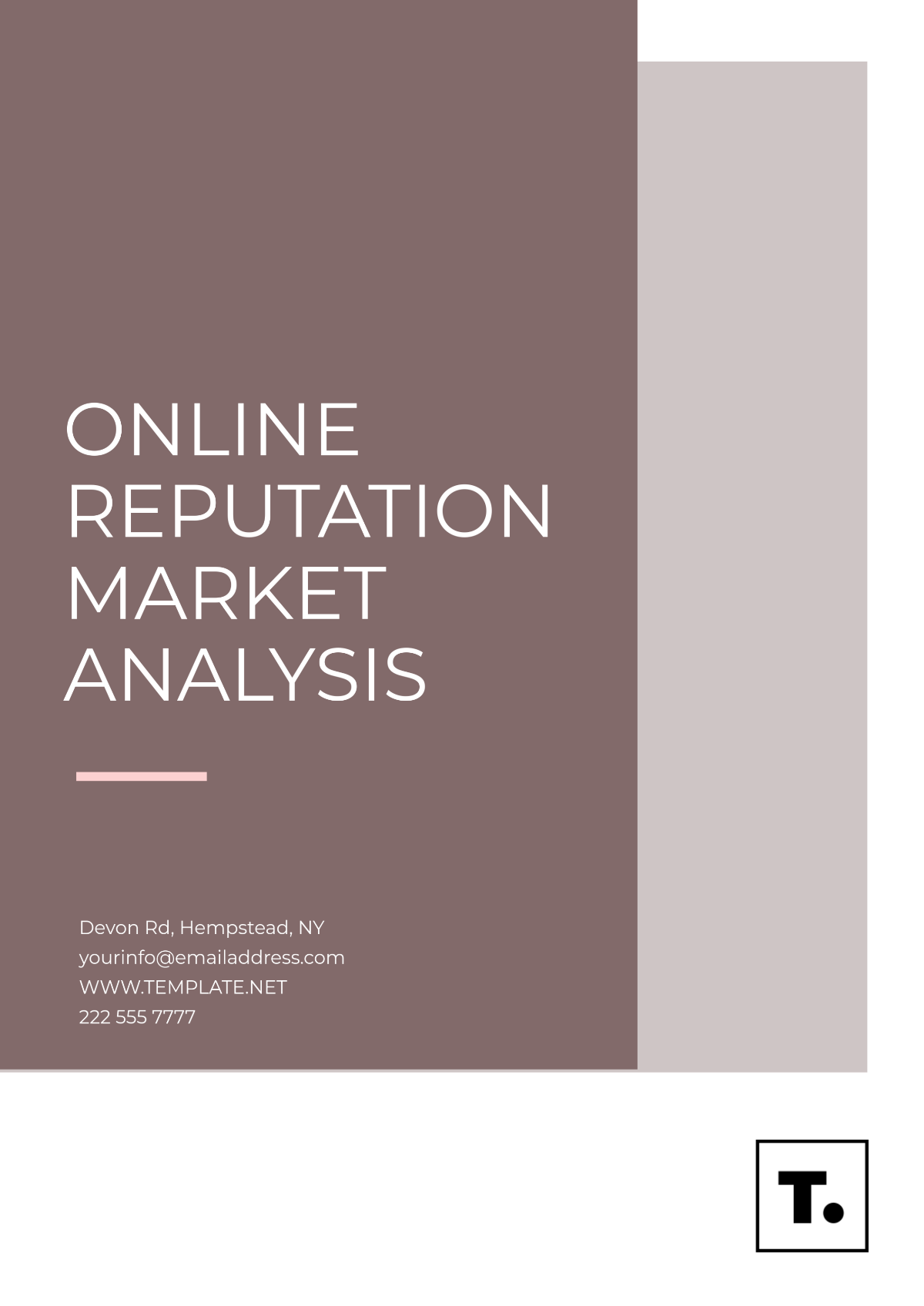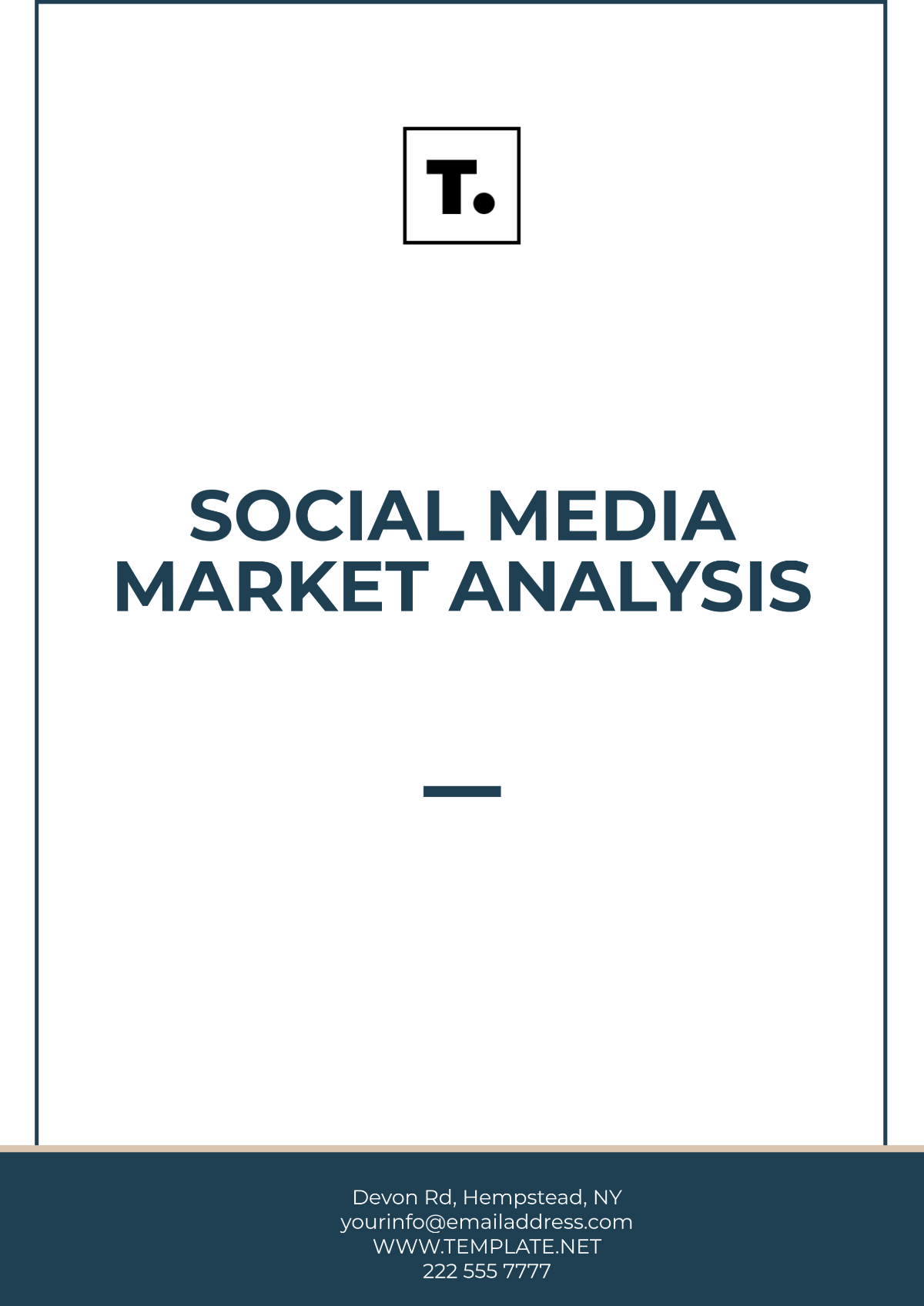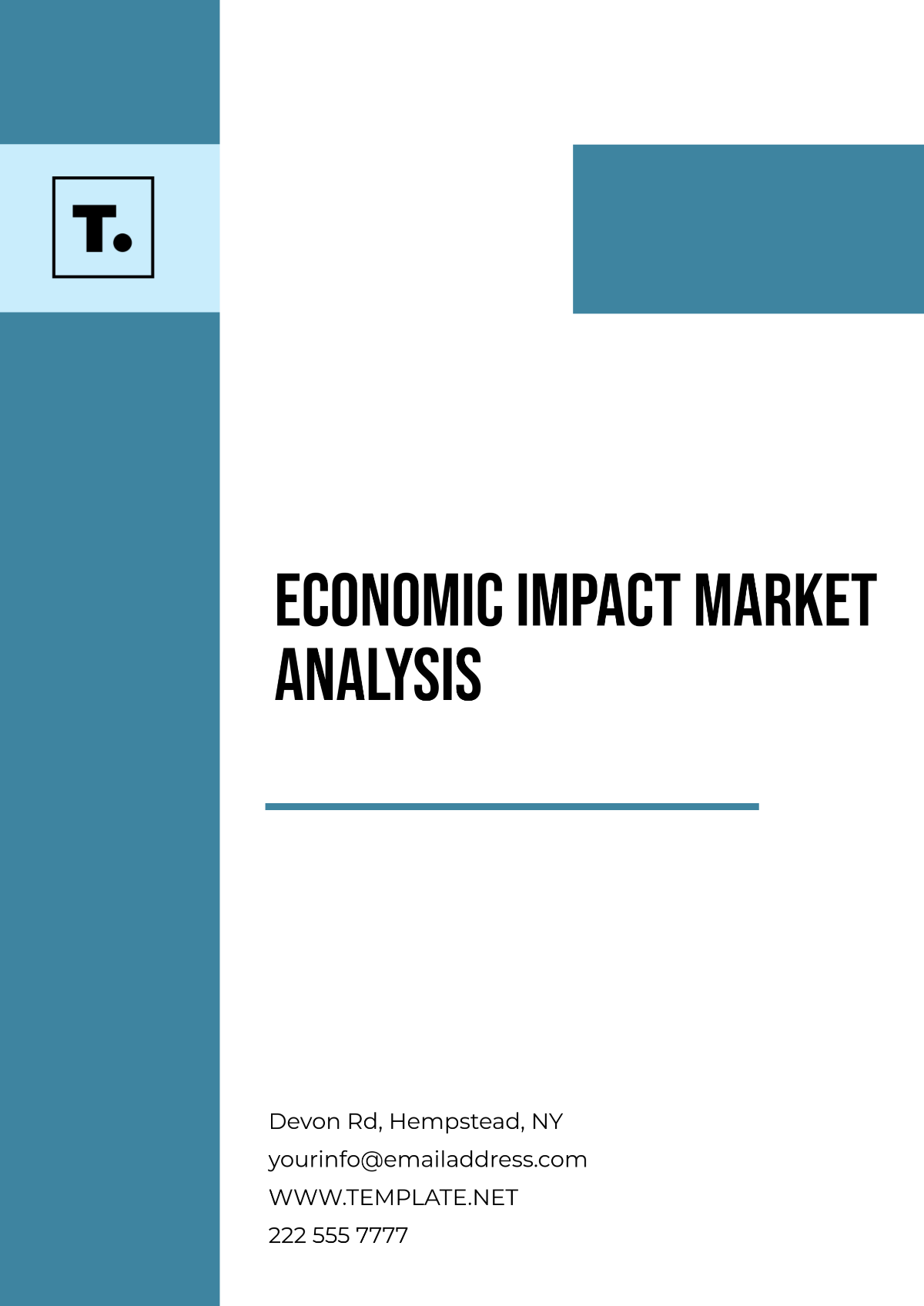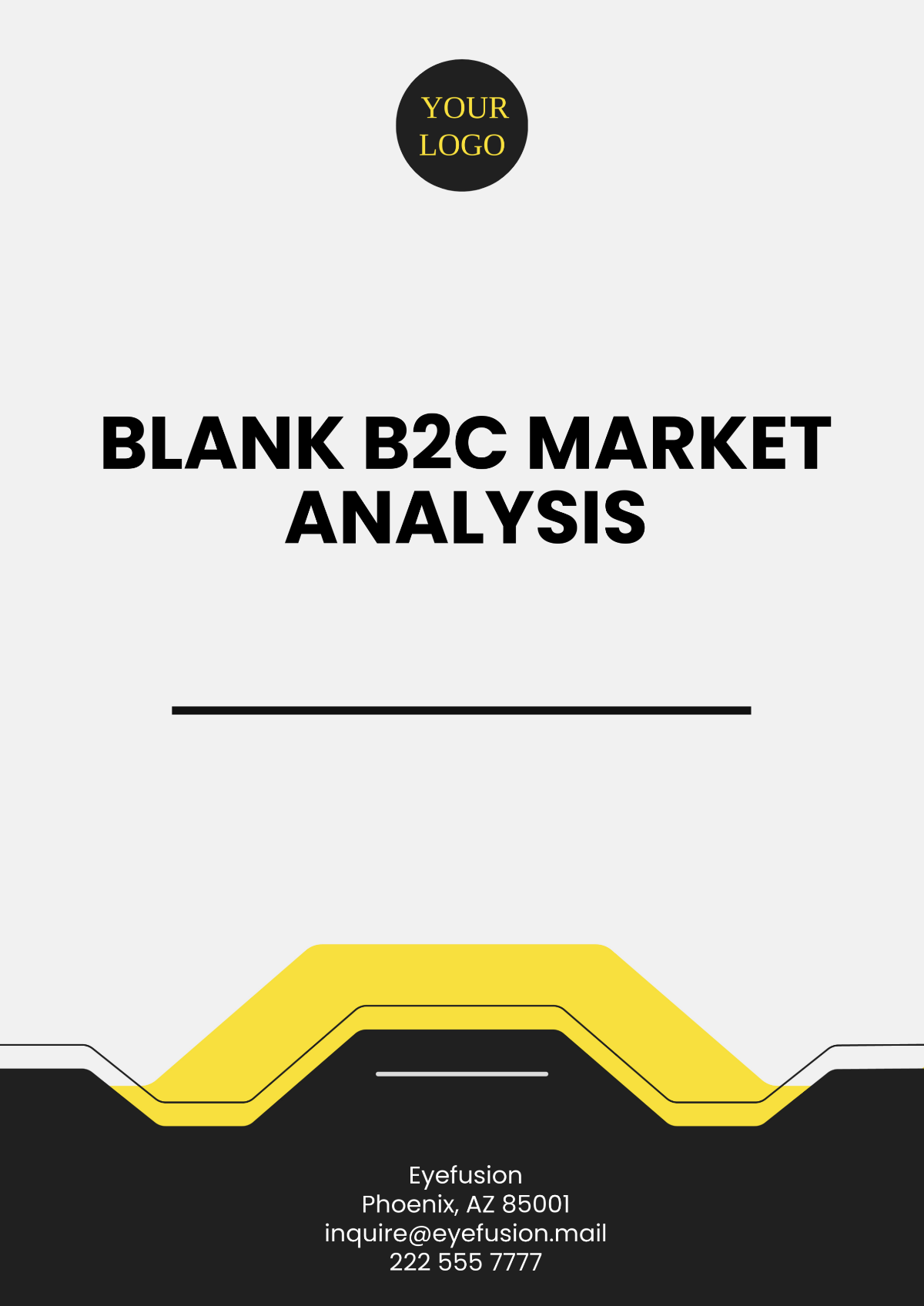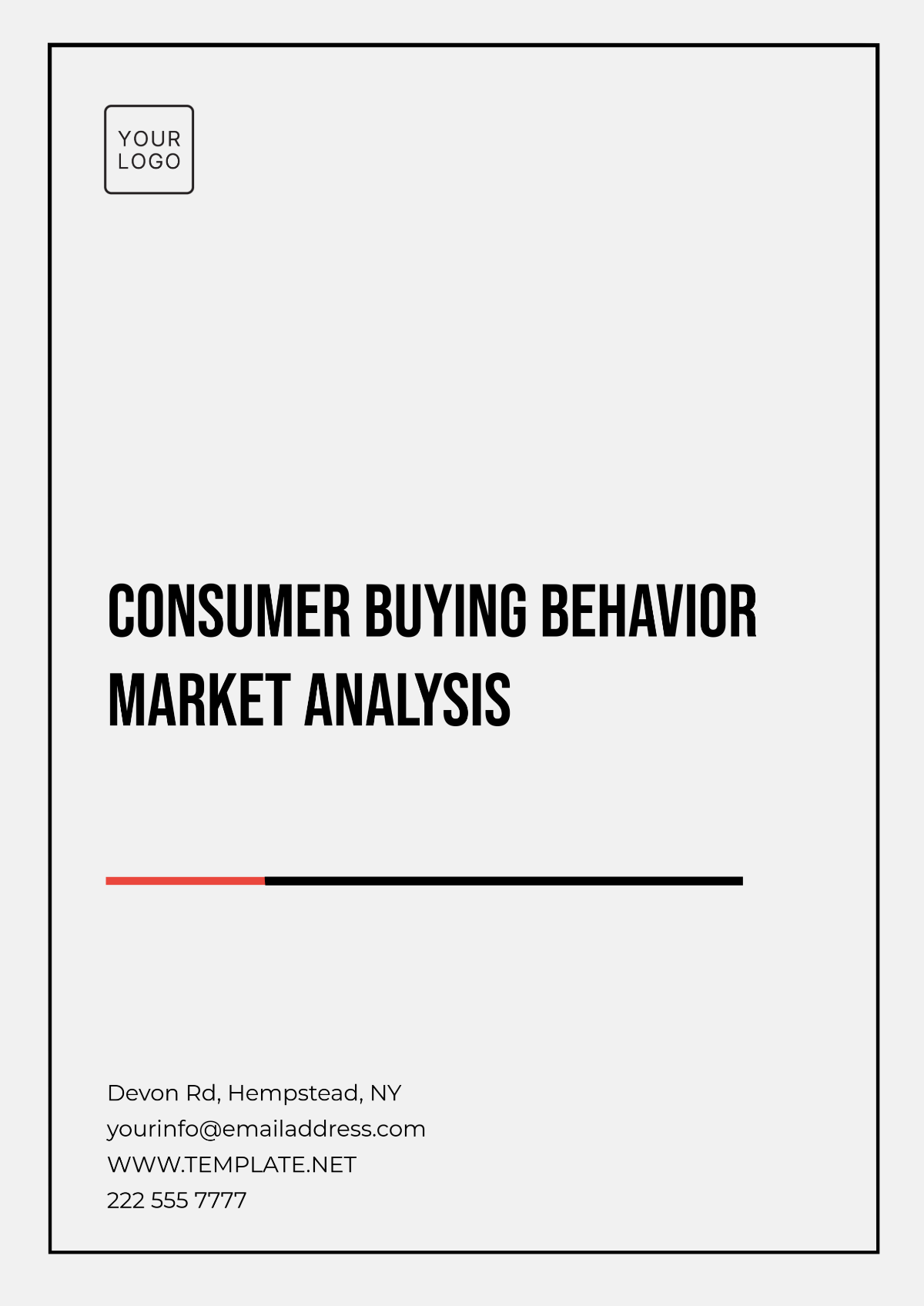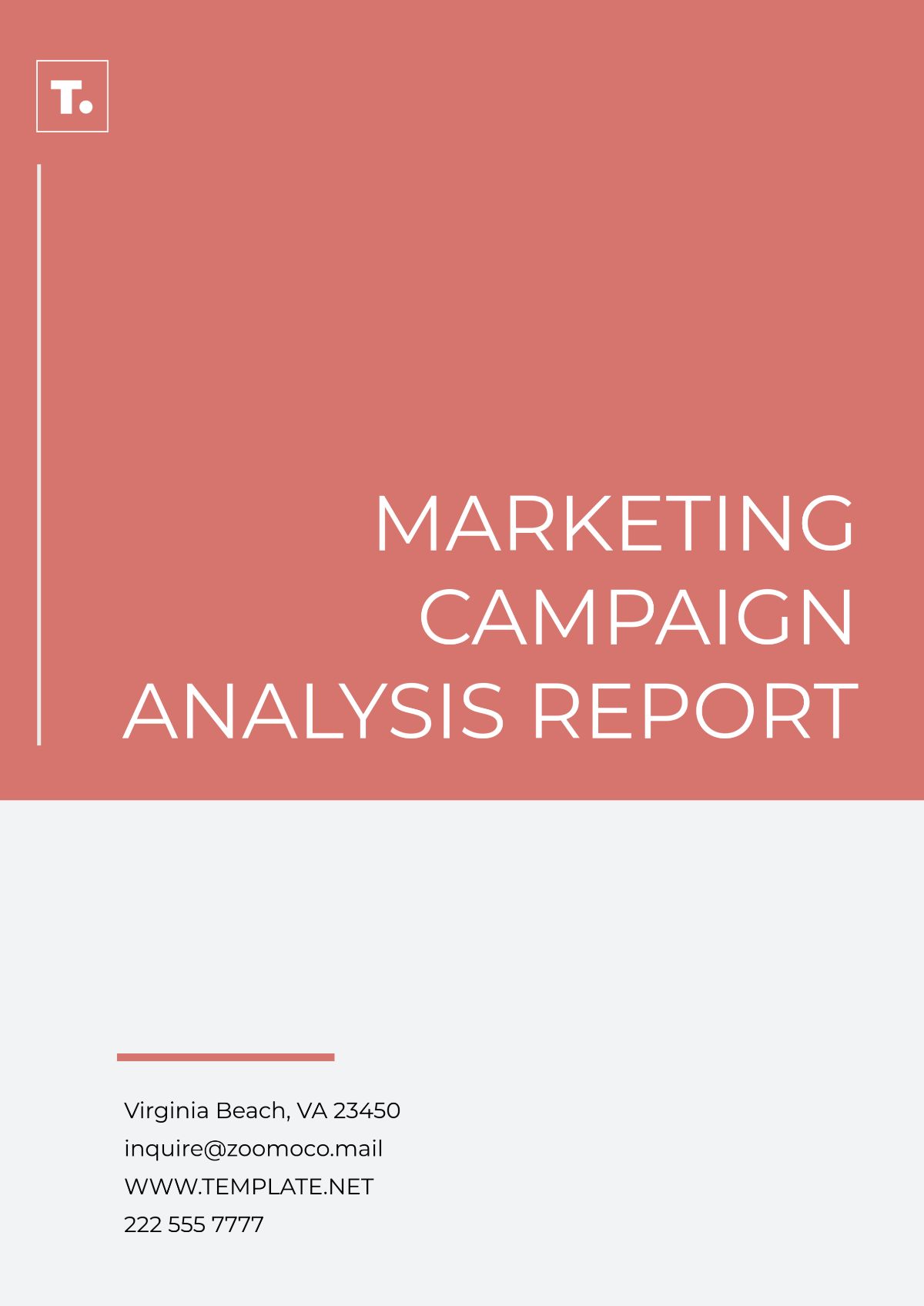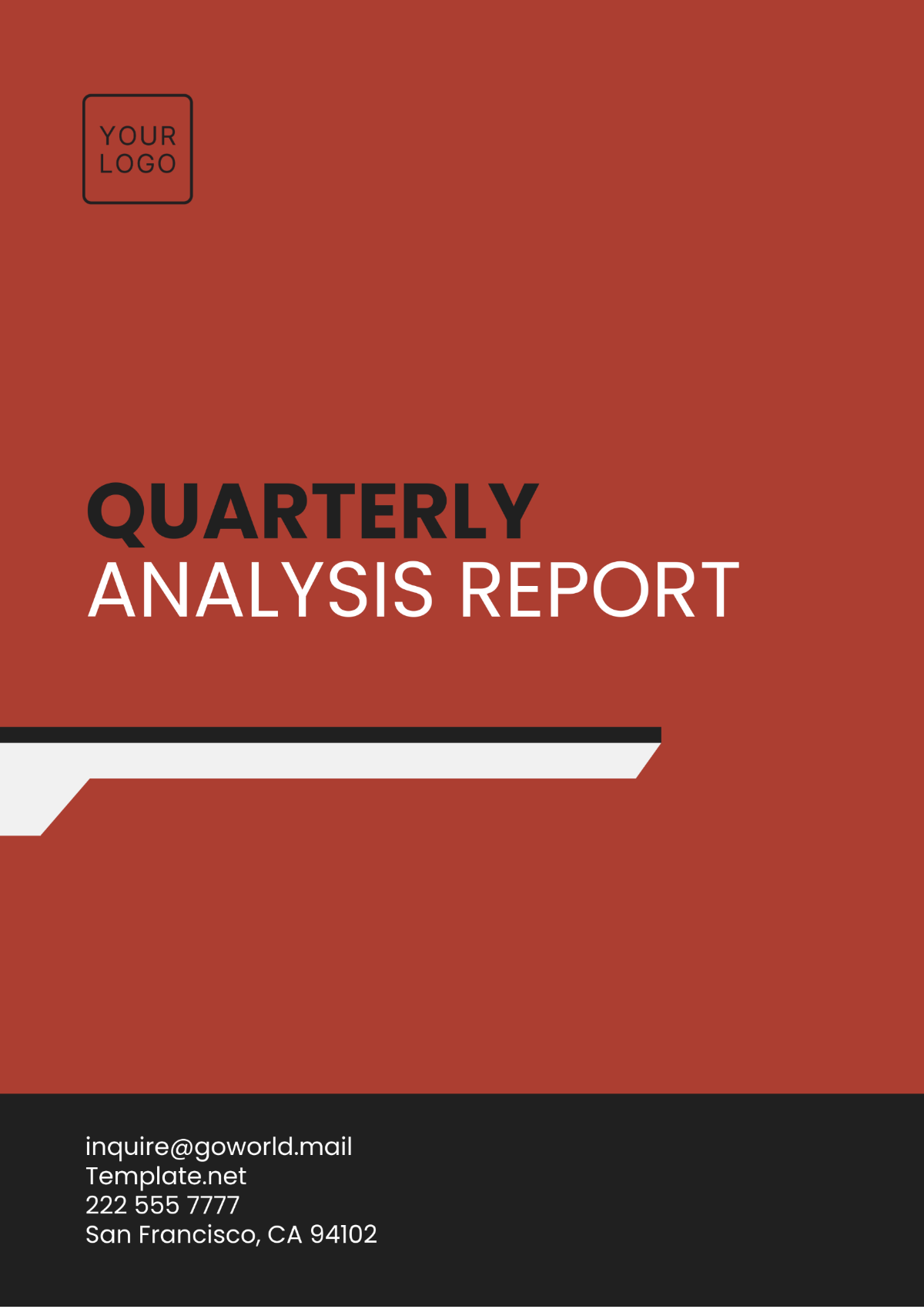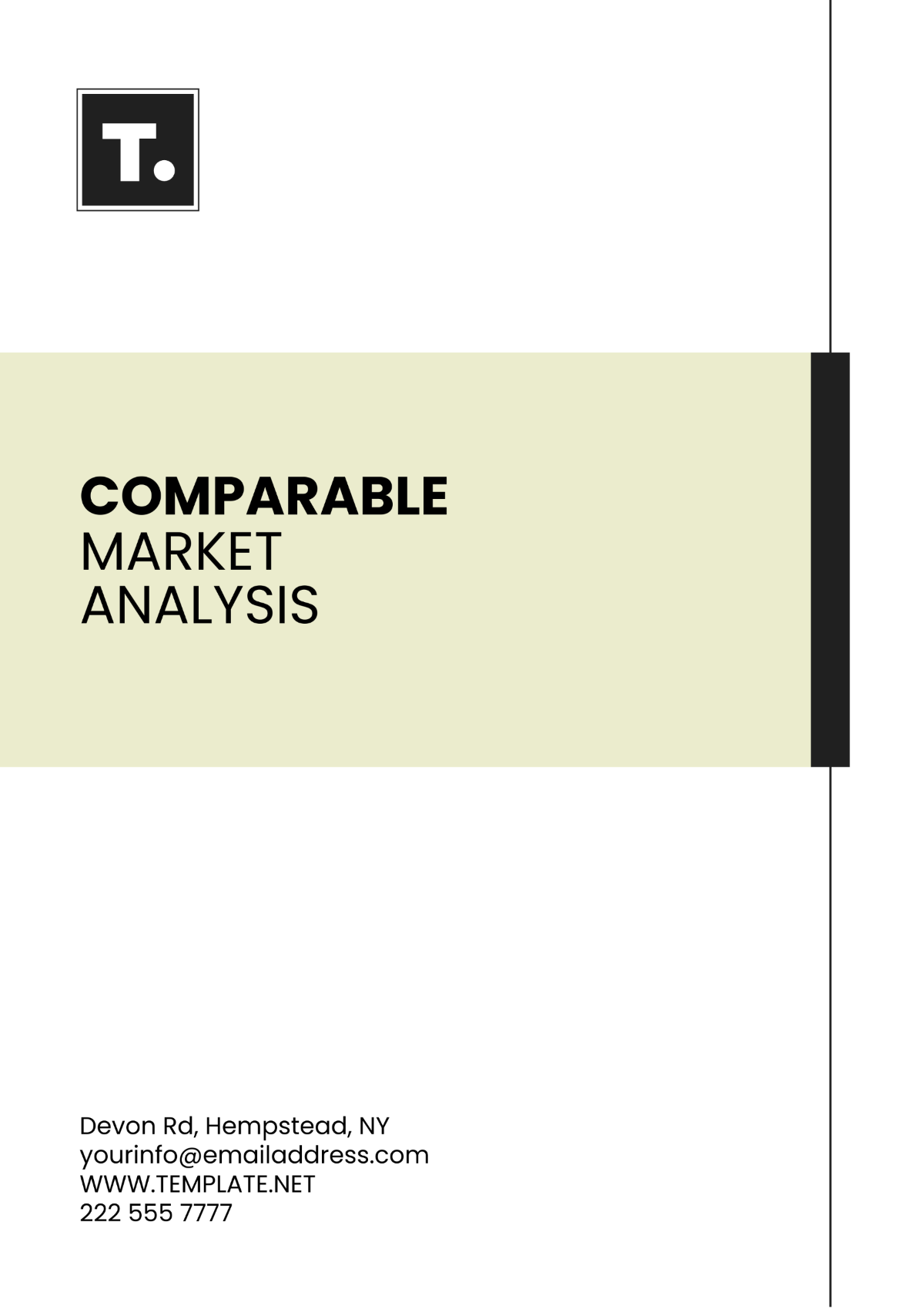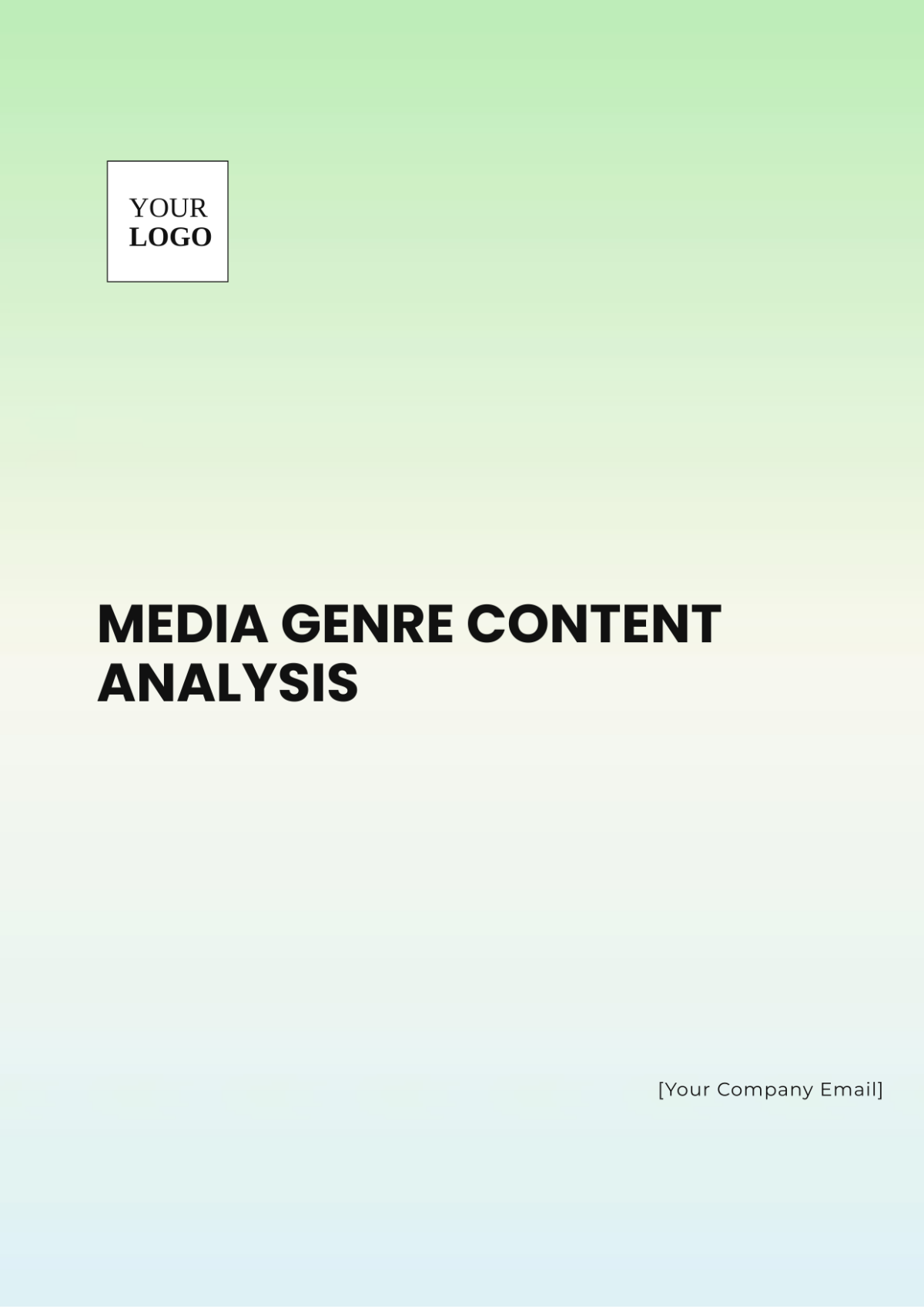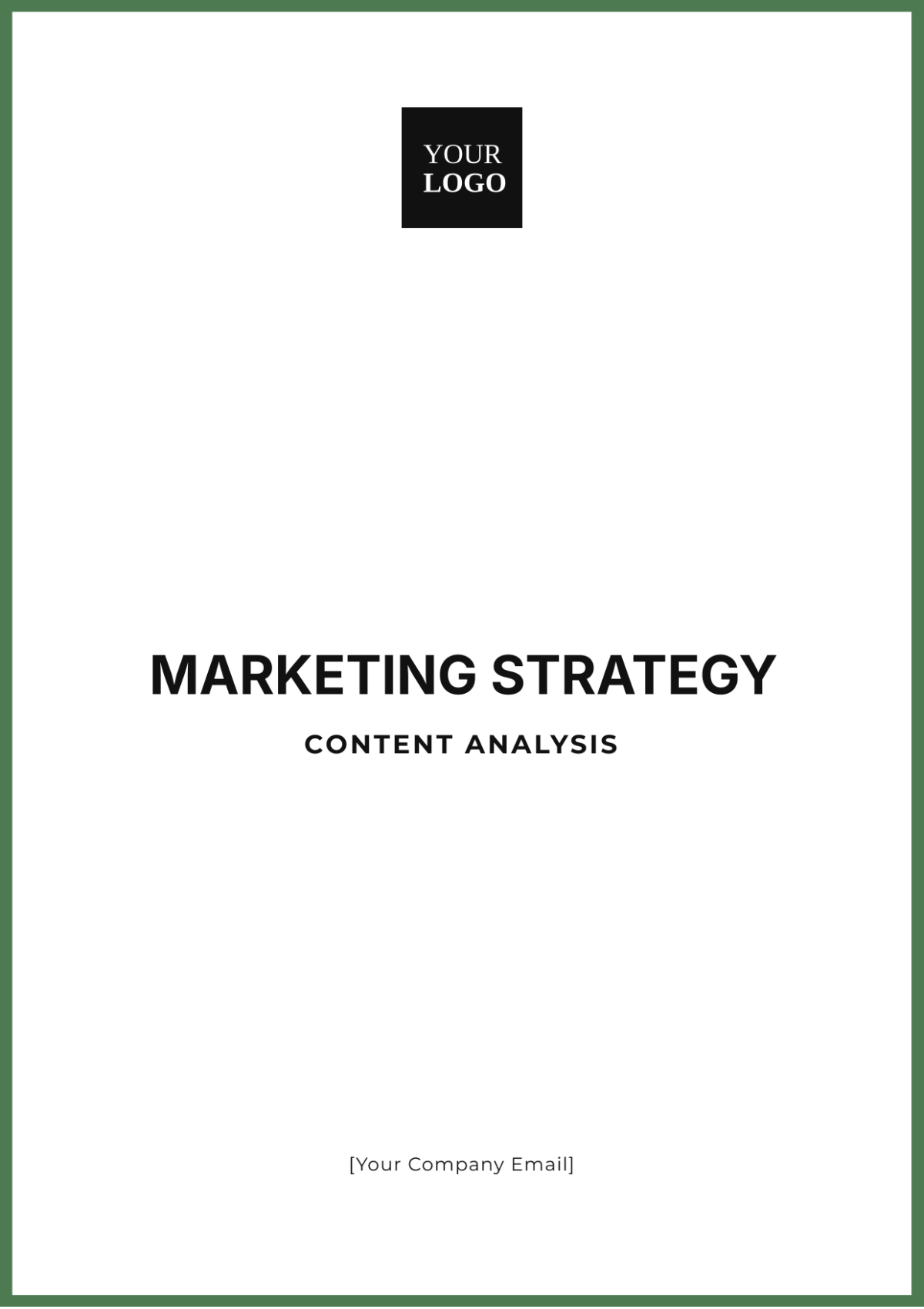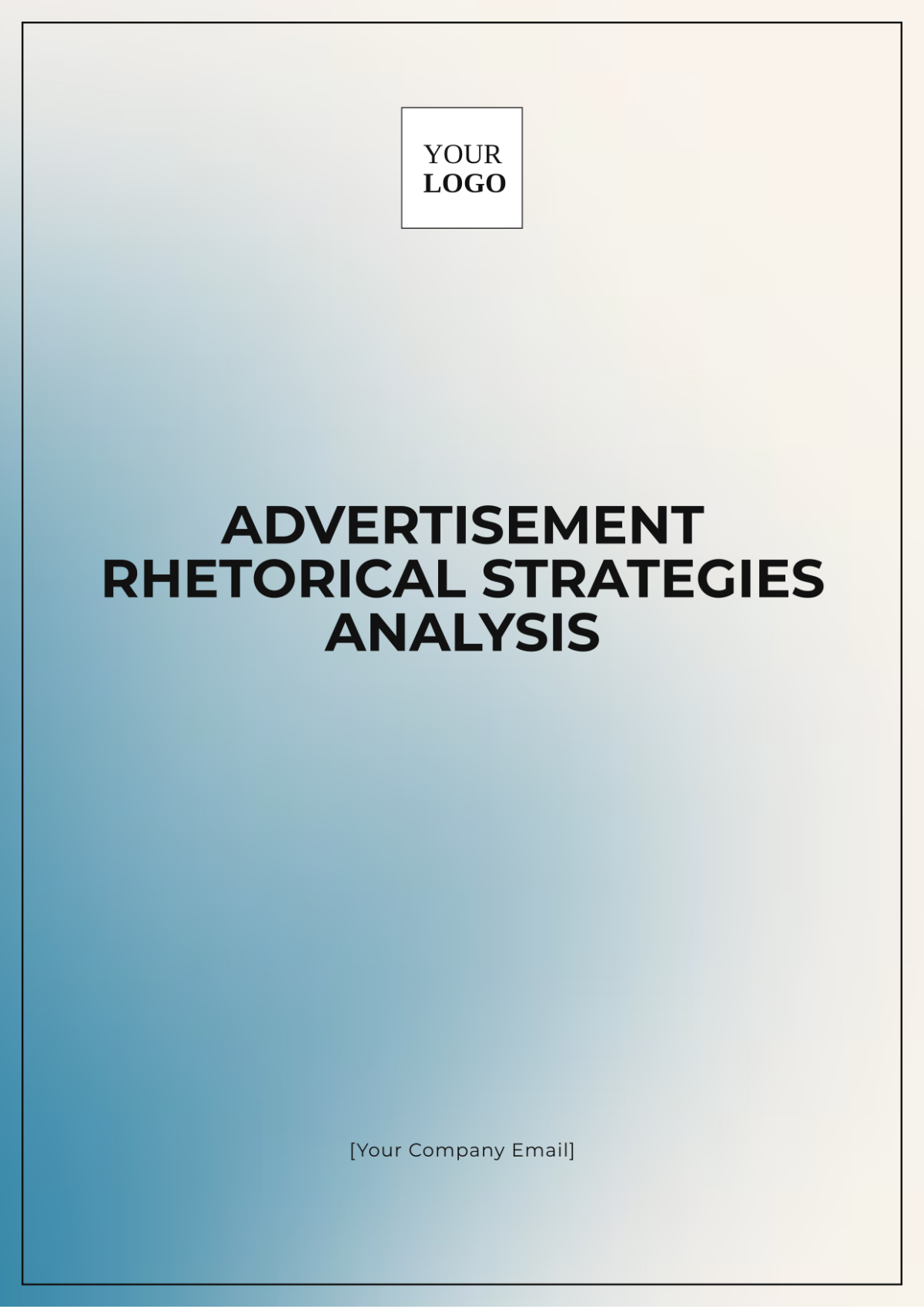Marketing In-depth Financial Analysis of Major Campaigns
Objective
The [Campaign Name] campaign was executed with a multifaceted set of objectives designed to drive sales, enhance brand recognition, and optimize return on investment. The campaign sought to not only meet these objectives but to exceed them, achieving outstanding financial results. Here are the detailed objectives:
Sales Growth: The primary goal of the campaign was to drive a substantial increase in sales for our new line of summer apparel and accessories. We set an ambitious target of [00]% sales growth compared to the previous summer season. This objective aimed to contribute significantly to our revenue during the peak summer period.
Budget Efficiency: We aimed to demonstrate a high level of cost-effectiveness by efficiently allocating the budget to marketing channels and strategies that offered the best return on investment. The objective was to maximize the impact of the $500,000 budget by generating a significant ROI while minimizing unnecessary expenses.
Brand Exposure and Recognition: Beyond sales, the campaign focused on increasing brand recognition and exposure. We intended to elevate the brand's visibility in the market, reaching a broader audience and enhancing brand loyalty among existing customers.
Multi-Channel Marketing: The campaign was designed to utilize multiple marketing channels, including online advertising, social media, influencer partnerships, and a social media contest. The objective was to harness the synergistic power of these channels to maximize customer engagement and conversion.
Customer Acquisition and Retention: We aimed to acquire new customers while also retaining and engaging existing ones. The campaign sought to strike a balance between attracting new clientele and fostering loyalty among our current customer base, ultimately increasing customer lifetime value.
Return on Investment (ROI): A critical objective was to achieve an outstanding return on investment. We aimed to generate substantial profit relative to the budget invested, demonstrating the campaign's financial effectiveness.
Budget Allocation
Total Budget: $[000,000]
Category | Description | Amount |
Advertising and Promotion | This encompassed all expenses related to the campaign, including advertising, creative development, personnel, and miscellaneous costs. | $350,000 |
Creative Development | Reserved for creative development, covering expenses for graphic design, video production, copywriting, and content creation. | $50,000 |
Personnel Expenses | Includes salaries, wages, and benefits for the marketing team responsible for executing the campaign, influencer partnerships, and social media management. | $70,000 |
Miscellaneous Expenses | Set aside for unforeseen or miscellaneous costs that might arise during the campaign, including unexpected marketing opportunities and last-minute adjustments. | $30,000 |
Revenue Analysis
The campaign resulted in an increase in sales by [00]%, surpassing the initial target of [00]%. Total sales amounted to $[000,000]. Sales were driven by a combination of online sales, in-store purchases, and sales resulting from the social media contest.
Cost Analysis
Advertising Costs: The majority of the budget, $[000,000], was allocated for advertising and promotion. These expenses covered the creation and placement of advertisements across various marketing channels.
Creative Development Costs: The creative development budget of $[00,000] covered expenses related to designing marketing materials, including graphic design, video production, content creation, and copywriting.
Personnel Expenses (Salaries and Benefits): Personnel expenses of $[00,000] included salaries and benefits for the marketing team, influencer partners, and social media management.
Miscellaneous Expenses: The $[00,000] set aside for miscellaneous expenses allowed for flexibility in addressing unexpected opportunities or challenges during the campaign.
Return on Investment (ROI)
The campaign generated a significant return on investment (ROI) of [00]%, indicating a substantial profit relative to the budget invested. The ROI was calculated as follows:
Net Profit = Total Revenue - Total Costs
Net Profit = $[000,000] - $[000,000] = $[000,000]
ROI = (Net Profit / Total Costs) x 100
ROI = ($[000,000] / $[000,000]) x 100 = [00]%
Break-even Analysis
The Break-even Analysis for the [Campaign Name] campaign is a pivotal component of evaluating its financial feasibility. This analysis provides valuable insights into the point at which the campaign covers its costs and begins to generate a profit. It helps us understand the financial resilience and success of the campaign.
Break-even Point Calculation: The campaign's total costs amounted to $[000,000], including advertising and promotion, creative development, personnel expenses, and miscellaneous costs.
To calculate the break-even point, we need to consider both fixed and variable costs.
Variable Costs: In this context, variable costs encompass expenses directly associated with producing and marketing the summer apparel and accessories. These costs include the variable portion of advertising expenses and the cost of goods sold (COGS).
Fixed Costs: Fixed costs are constant and do not change with sales volume. In this case, fixed costs include personnel salaries and benefits, creative development, and miscellaneous expenses.
To calculate the variable costs, we need to determine the portion of advertising expenses directly related to sales. Let's assume that [00]% of the advertising budget, or $[000,000], directly contributes to generating sales.
The COGS for the summer apparel and accessories is estimated at [00]% of the sale price.
Now, we can calculate the variable costs:
Variable Costs = (Variable Portion of Advertising) + (Cost of Goods Sold)
Variable Costs = ($[000,000]) + ([00]% of Total Sales)
Variable Costs = $[000,000] + ($[000,000] * [00]%) = $[000,000] + $[000,000] = $[000,000]
Next, we can calculate the Break-even Point using the formula:
Break-even Point = Fixed Costs / (Sale Price per Unit - Variable Cost per Unit)
Break-even Point = ($[00,000]) / ($[00] - $[00])
Break-even Point = $[00,000] / $[00]
Break-even Point = [0,000] units
Based on the calculations, the [Campaign Name] campaign reached and exceeded its Break-even Point by selling [0,000] units of summer apparel and accessories. The campaign achieved this milestone early in its execution, demonstrating strong financial performance and the potential for profitability beyond this point.
This Break-even Analysis signifies the campaign's robust financial feasibility and indicates that the budget was allocated effectively, resulting in a swift transition from cost coverage to profit generation. This milestone also provides insights for optimizing sales strategies and resource allocation in future campaigns.
Cost-Efficiency Assessment
Cost per Acquisition (CPA): The CPA for this campaign was $[00], indicating that each new customer acquired through the campaign cost, on average, $[00].
Cost per Sale: The cost per sale was $[0], with each sale attributed to the campaign incurring an average cost of $[0].
Revenue Metrics
Customer Acquisition Cost (CAC): CAC was calculated at $[00] per customer, providing insights into the cost-effectiveness of acquiring new customers through the campaign.
Customer Lifetime Value (CLV): CLV estimates suggest that customers acquired during the campaign have a potential lifetime value of $[000], emphasizing the long-term financial potential of this customer segment.
Sensitivity Analysis
Scenarios Explored: Various scenarios, including adjustments to advertising spend, product pricing, and competitive responses, were analyzed to gauge their impact on financial performance.
Risk Assessment
Identified Risks: Key risks included market competition, fluctuating advertising costs, and unexpected external factors impacting sales. Mitigation strategies were developed for each risk.
Strategic Insights
Budget Allocation: Based on the successful ROI, consider reallocating budget resources to highly effective advertising channels and strategies.
Competitive Response: Monitor competitive responses and proactively adjust marketing strategies to maintain a competitive edge.
Comparative Analysis
The [Campaign Name] campaign's financial performance can be best understood by comparing its results to benchmarks established by previous campaigns and industry standards. This comparative analysis serves as a yardstick for assessing the campaign's progress and identifying areas where it excelled or where further improvements can be made.
Performance Benchmarking
Sales Growth: In comparison to previous summer campaigns, [Campaign Name] achieved a remarkable [00]% sales growth, surpassing the target of [00]%. This outperformance demonstrates the campaign's effectiveness in driving revenue and its ability to exceed established benchmarks.
Return on Investment (ROI): The campaign's ROI of [00]% is notably higher than the average ROI achieved in previous campaigns, which typically averaged around [00]%. This improvement underscores the campaign's financial efficiency and profitability.
Break-even Point: The campaign not only reached but exceeded its break-even point earlier than anticipated. In contrast, previous campaigns often took longer to cover their costs. This swift progress suggests improved budget allocation and cost-effectiveness.
Customer Acquisition Cost (CAC): The CAC for [Campaign Name] ($[00] per customer) was considerably lower than CAC figures from previous campaigns, which averaged around $[00] per customer. This reduction in customer acquisition costs reflects a more efficient strategy for acquiring new clientele.
Areas for Improvement
While the [Campaign Name] campaign achieved remarkable financial results, there are areas where further improvements can be considered for future campaigns:
Customer Retention: Although the campaign successfully acquired new customers, the focus on retaining and nurturing these relationships for long-term financial gain can be enhanced. Developing customer loyalty programs and post-purchase engagement strategies could bolster customer retention efforts.
Diversification of Marketing Channels: While the campaign's multi-channel approach was effective, further diversification of marketing channels and exploring emerging platforms could open up new revenue streams and provide resilience against market fluctuations.
Competitive Analysis: Continuous monitoring of competitive responses and pre-emptive strategies for countering competitive moves can further solidify the campaign's financial performance in the face of market competition.
Budget Reallocation: The comparative analysis indicates certain marketing channels and strategies that yielded a higher ROI. Future campaigns could consider reallocating the budget to these high-impact areas to optimize resource utilization.
Long-term Impact
The [Campaign Name] campaign was not only geared toward short-term financial success but also aimed to have a lasting impact on the brand and its long-term growth. The campaign's strategies and results have implications beyond the summer season, and we must consider the sustained effects and potential for future financial benefits.
Customer Retention and Lifetime Value:
A key aspect of the long-term impact is the focus on customer retention. The campaign aimed to provide an exceptional customer experience, encouraging repeat purchases and building customer loyalty. By exceeding customer expectations, we set the stage for long-term customer relationships, which can have a significant financial impact.
The calculation of customer lifetime value (CLV) during the campaign revealed that customers acquired during [Campaign Name] have an estimated potential lifetime value of $[000] each. This insight underscores the long-term financial significance of the campaign's customer base.
Brand Equity and Recognition:
The enhanced brand recognition and equity resulting from the campaign contribute to long-term financial strength. A well-recognized and respected brand is more likely to attract and retain customers. As brand loyalty grows, the financial impact extends far beyond the campaign period.
Customer Data and Insights:
The campaign generated valuable customer data and insights, including purchasing behavior, preferences, and feedback. These insights can inform future marketing strategies, product development, and customer engagement tactics, ultimately leading to more effective and profitable campaigns in the long run.
Product and Inventory Management:
Effective inventory management during the campaign allowed for optimal stock levels and minimized overstocking or understocking issues. These practices contribute to long-term financial sustainability by reducing inventory holding costs and increasing profitability.
Business Growth and Expansion:
The financial success of the campaign can fund future expansion efforts. This could include diversifying product lines, entering new markets, or investing in technology and infrastructure to support long-term business growth. The campaign's financial achievements can serve as a financial catalyst for broader strategic initiatives.
The insights gained from this campaign offer a blueprint for future marketing initiatives. We can replicate successful strategies, adjust underperforming areas, and fine-tune budget allocation based on the financial performance of [Campaign Name]. These lessons learned are invaluable in shaping future campaigns with long-term financial objectives.
The long-term impact of the [Campaign Name] campaign extends beyond the immediate financial results. It encompasses customer retention, brand equity, data-driven insights, market positioning, inventory management, business growth, and strategic planning. By capitalizing on these long-term benefits, we can continue to drive financial success and growth well into the future.




